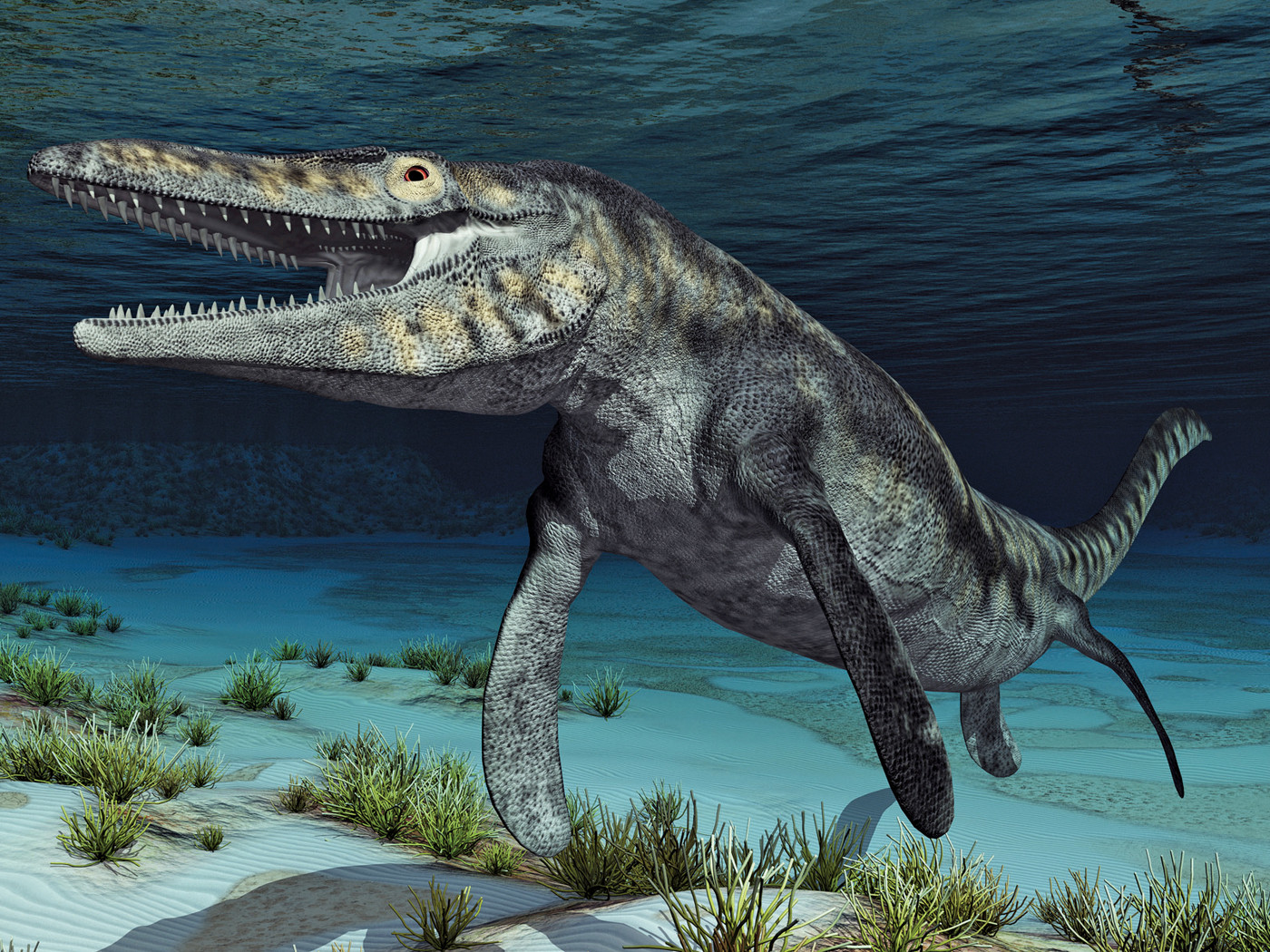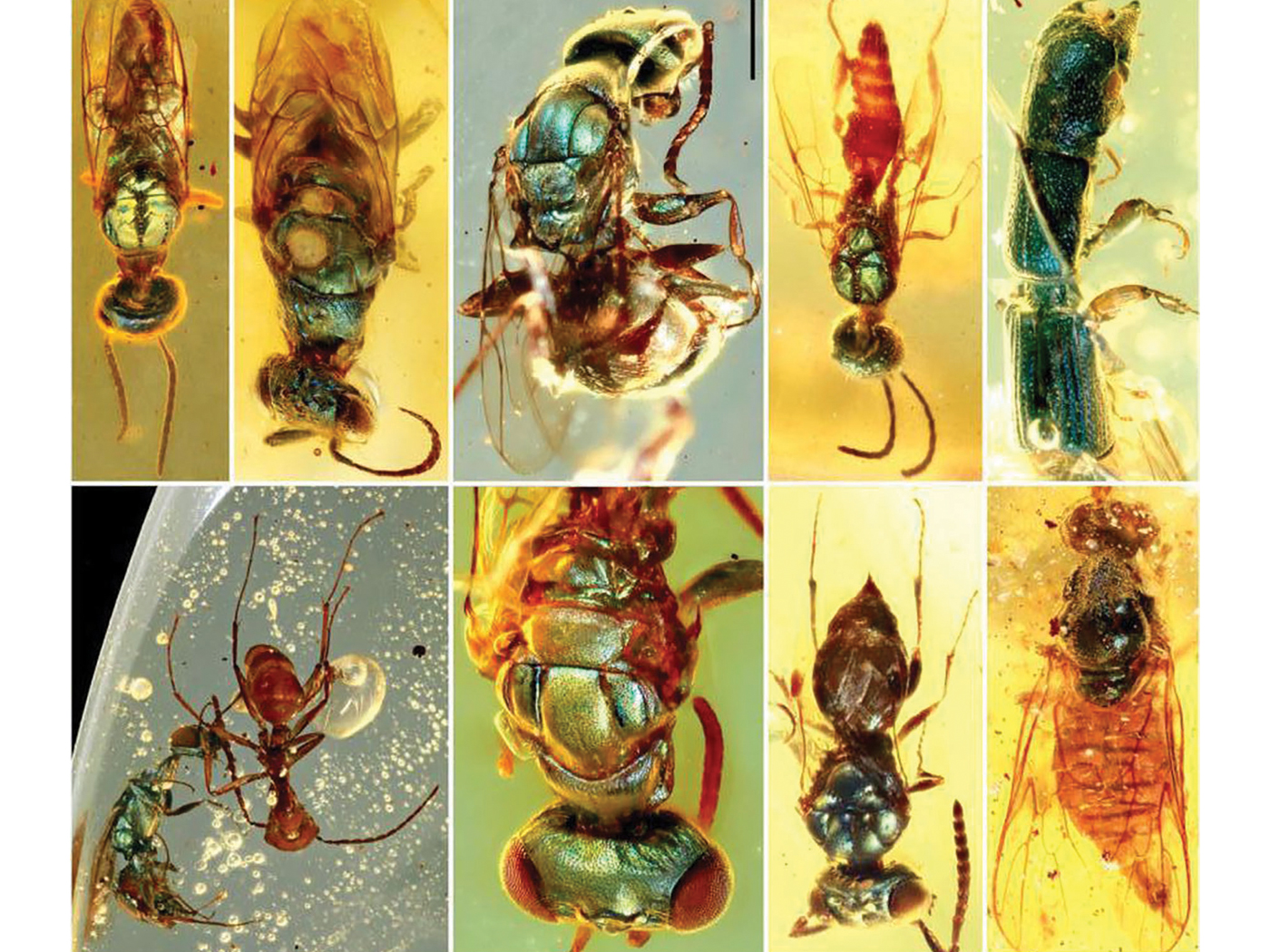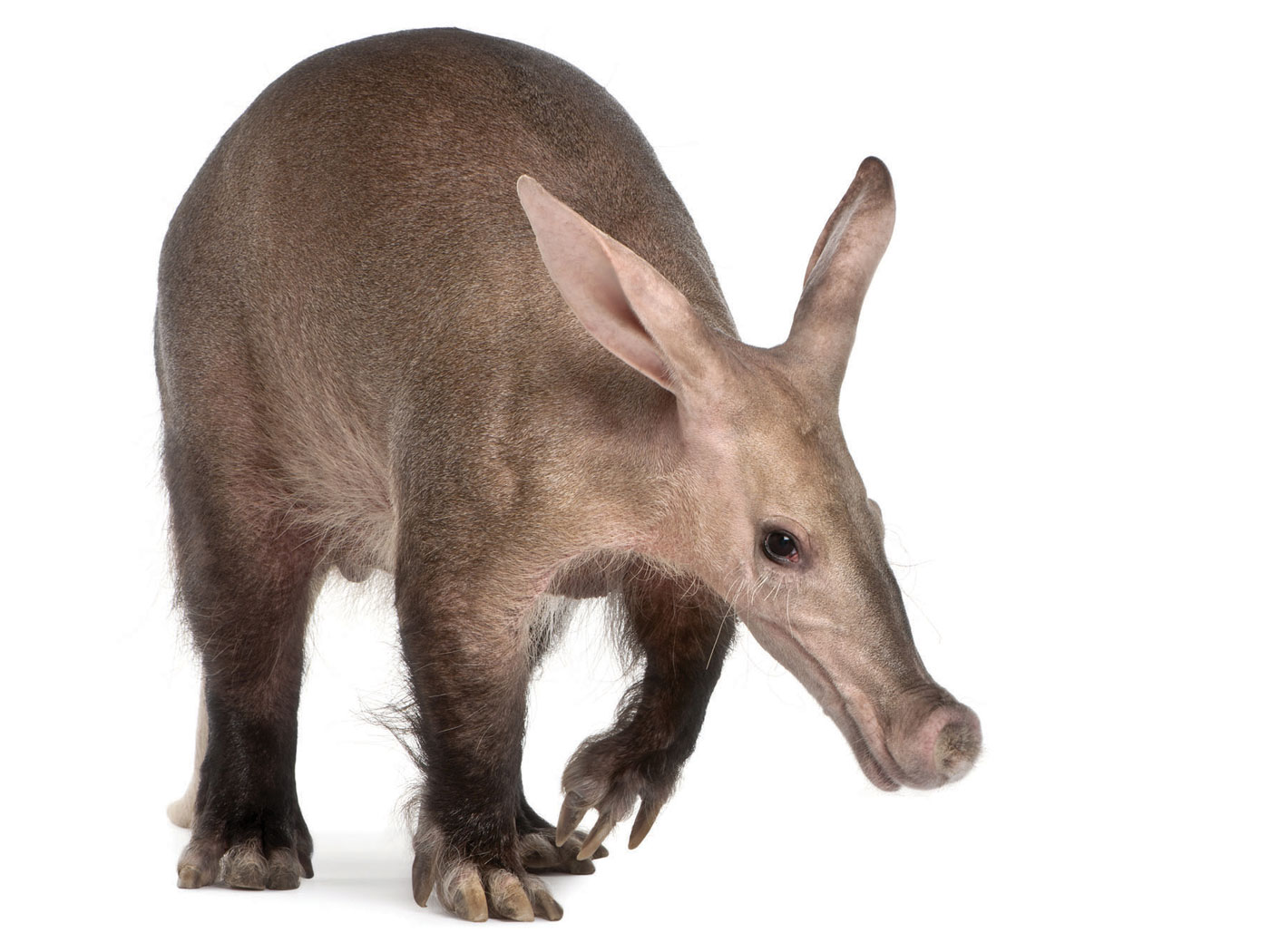Who wouldn't be curious to learn why organisms "build tissues they seemingly never use," as a Michigan State University News headline put it?1 If organisms originated from a string of trial-and-error natural "experiments" as evolutionary philosophy proposes, then they could be expected to grow useless leftover tissues—remnants of an inefficient evolutionary past—during embryonic development. While investigating this, one researcher answered his own question, showing how his research is "begging the question."
And begging the question is not good. It is the term used for a logical fallacy whereby a person assumes their own conclusion before they "reach" it.2
For a time, computer scientist Jeff Clune worked at Michigan State's BEACON Center for the Study of Evolution in Action. He is the lead author of a study in the September issue of The American Naturalist that uses "digital organisms" to model how embryonic development, called ontogeny, supposedly rehearses an evolutionary past, called phylogeny.3
Clune and his coauthors first "used a computational system that exhibits evolutionary dynamics."3 They programmed simple digital organisms to "mutate, compete for resources and evolve."1 Then, they "observed that ontogeny does indeed recapitulate phylogeny."3 Well, wouldn't it?
Programming imaginary creatures with "evolutionary dynamics" certainly helps to ensure that their resulting digital embryo facsimiles would reflect their imaginary evolution. This is begging the question, not practicing good science.
Clune used an engineering metaphor to describe his team's research. He told Michigan State News, "It's comparable to building a roller coaster, razing it and building a skyscraper on the same ground. Why not just skip ahead to building the skyscraper?"1 But do embryos really build structures haphazardly, only to abandon them without reason?
Incredibly, Clune wrote, "Even if a structure is not actually used, it may set the stage for other functional tissues to grow properly."1 If it is used to "set the stage," then how can it be "not actually used?"
Baby growth does depend on temporary tissue scaffolding. As an example, a recent video produced for the BBC series Inside the Human Body clearly shows how early structures are built that set the stage for precisely timed construction of a person's face.4 However, the observation-based science of embryology reveals no hint of the belief-based assertion of evolution.
So, why do organisms build tissues they seemingly never use? Well, they don't.5 And these secular scientists who believe they do are simply begging the question of unused tissues.
References
- Why do organisms build tissues they seemingly never use? Michigan State University News. Posted on news.msu.edu August 10, 2012.
- Lisle, J. Logical Fallacies: The Fallacy of Begging the Question. Answers in Genesis. Posted on answersingenesis.org August 17, 2009, accessed August 24, 2012.
- Clune, J. et al. 2012. Ontogeny Tends to Recapitulate Phylogeny in Digital Organisms. The American Naturalist. 180 (3): E54-E63.
- Ceurstemont, S. First animation reveals how a face forms in the womb. New Scientist TV. Posted on newscientist.com July 4, 2012, accessed August 27, 2012.
- This news headline commits the logical fallacy of a "complex question." It is similar to asking, "Have you stopped beating your wife?" See: Lisle, J. Logical Fallacies: The Complex Question. Answers in Genesis. Posted on answersingenesis.org August 31, 2009, accessed August 27, 2012.
* Mr. Thomas is Science Writer at the Institute for Creation Research.
Article posted on September 5, 2012.












